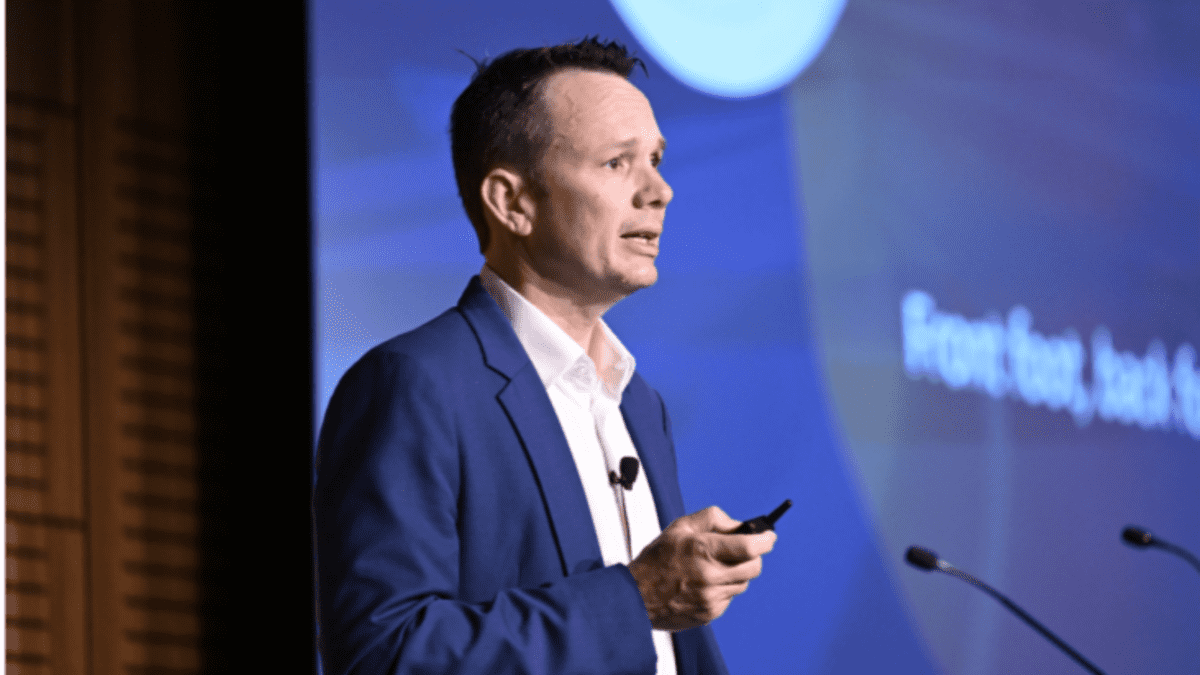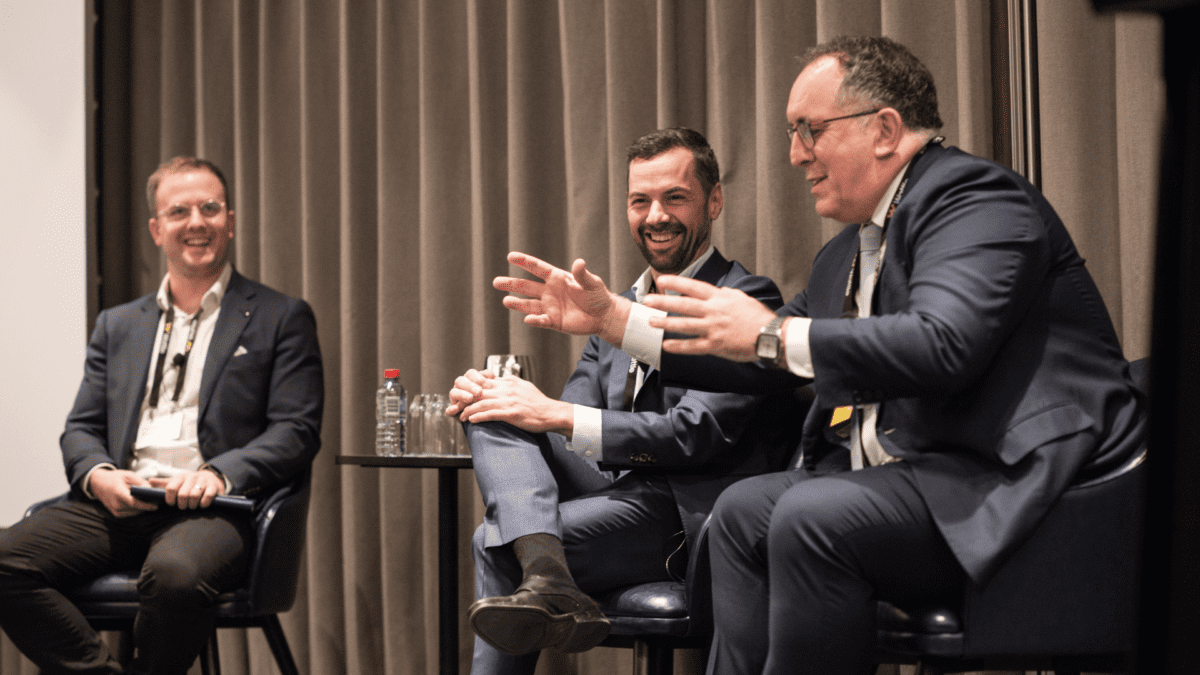Growing number of SMSF members shunning financial advice
Getting financial advice is losing its appeal for self-funded retirees with two recent research reports showing a decline in the number of SMSF trustees reaching out for professional help.
Despite overall demand for financial advice remaining quite high, the industry still faces declining numbers reputational issues that are combining to keep baby boomers at a distance.
According to Investment Trends, non-advised SMSFs reached an all-time high of 475,000 this year, with 63 per cent of those surveyed were ‘very unlikely’ or ‘unlikely’ to seek financial advice in the future.
A recent Class report shows a similar trend, with the percentage of its SMSFs not receiving advice marginally increasing from 71.6 per cent in the 2021 financial year to 72.7 per cent in 2023 financial year – despite consistent growth in SMSF numbers.
But these numbers only tell part of the story. What must also be factored in are two other trends that are happening in the advice space – the lack of advisers and a growing number who understood that good advice can increase their quality of life and improve their financial confidence.
The lack of advisers is a critical issue for the industry. Despite the constant growth in SMSFs – they totalled 625,609 at June 30, 2024, growing by about 10,000 funds annually over the past five years – the Class report shows there was a 5.7 per cent reduction in financial advisers in the 2022-23 financial compared with the previous year.
As the report succinctly notes, there’s a growing gap between the available supply of advisers and the increasing demand for financial advice in this sector – especially when the Investment Trends numbers are factored in.
While the Investment Trends report has 63 per cent ‘very unlikely’ or ‘unlikely’ to seek financial advice in the future, a further 25 per cent are open to being advised, which translates to about 130,000 SMSFs or 250,000 individuals (based on 75 per cent of funds having two members or more).
“With fewer advisers available and more SMSFs being established, the demand for financial advice in the SMSF sector is expected to climb,” the Class report says. “To meet this demand, the advice industry will need to address the key issues of attracting new advisers, legislative uncertainty and high costs of delivering advice.”
Just how much the advice industry can address these issues is a moot point. Certainly, legislative uncertainty is an area where their influence is definitely limited. And any adviser can tell how much government regulation stifles innovation and increases costs to the client.
What can be said is that a growing number of advisers’ clients are certainly appreciative of the advice they receive – and nowhere is this more apparent than with baby boomers (the youngest baby boomers turn 60 this year).
The Financial Advice Association Australia (FAAA) Value of advice research report has baby boomers with a higher satisfaction rating in terms of quality of life, financial confidence and financial satisfaction compared with Gen X and Gen Y. While that result is hardly surprising, what is significant is that there is a notable difference between those baby boomers receiving advice and those that don’t based on quality of life, financial confidence and satisfaction.
Drilling down into these numbers, baby boomers said the key needs addressed by their advisers were:
- A realistic plan to achieve a more comfortable retirement
- Help to get the most out of their financial situation
- Reducing financial worries and stress i.e. greater peace of mind
In terms of the key benefits of advice, they cited:
- Improved financial wellbeing and peace of mind
- Improved confidence and ability to achieve a desired standard of living
- Help to simplify and explain financial matters
Considering the FAAA’s findings, the question must be – why more self-funded retirees aren’t seeking advice. Leaving aside the shortage of advisers, FAAA chair David Sharpe says the front-page image of a Melissa Caddick (the advice fraudster who went missing in 2022 owing about $23 million to clients) still helps define the public’s image of advisers.
“What doesn’t make the front page of a newspaper is a client seeing their adviser and having a great experience,” Sharpe tells The Golden Times. “From my perspective, the positive side of the advice industry never gets reported because that’s never going to sell the ads between the news stories. The only thing that we can absolutely control as a profession is to ensure those seeking advice have a first-class experience.”
Sharpe adds that what the research shows is that across the three generations – baby boomers, Gen X and Gen Y – trust and satisfaction with advisers is improving.
“It doesn’t surprise me,” Sharpe continues. “It’s a vastly different profession now. We’re governed by educational standards, a code of ethics and an ethos of continual improvement. So, while the profession as a whole was besmirched by the Financial Services Royal Commission, I think consumers have moved and now see the advice through a prism of growing trust.”









